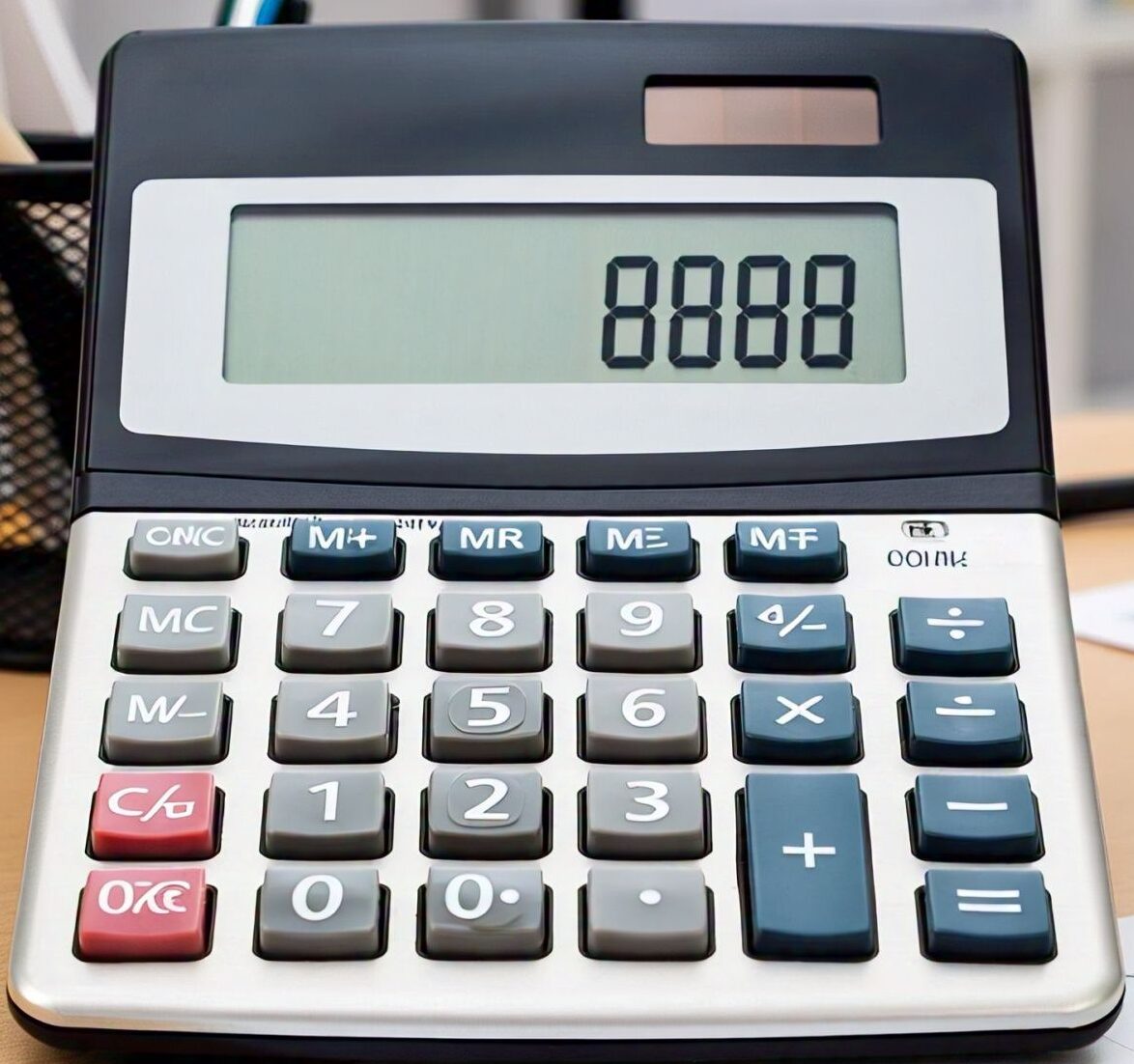Use this Conversion Tool to convert between commonly used units. Select the current unit, the desired unit, and enter a value to convert.
Supports multiple unit systems including Metric, Imperial, and US Customary units.
Different Systems of Units
Throughout history, a wide variety of systems of measurement have been used around the world. A system of units is essentially a collection of measurement standards, along with the rules that connect them. These units help provide a consistent way to measure physical quantities like length, weight, and volume.
In ancient times, many of these systems were locally defined and often based on arbitrary factors, such as the length of a king’s thumb. While that worked within small communities, it made trade and scientific collaboration between regions difficult. Over time, the need for universal and standardized systems became clear, leading to the creation of more consistent measurement frameworks. Today, well-known systems include the metric system, the imperial system, and the United States customary units.
The most widely adopted standard today is the International System of Units (SI), which is based on seven fundamental measurements: length, mass, time, temperature, electric current, luminous intensity, and amount of substance. Although the SI system is the standard in global science and industry, countries like the United States continue to use their own traditional systems in everyday life. The high costs—both financial and cultural—associated with switching systems have slowed full adoption. As a result, US customary units remain common in the U.S., while scientific fields still rely heavily on SI units. This is why unit converters like this Conversion Calculator remain essential tools for global communication.
A Brief History of the Pound
During the eighth and ninth centuries CE, Arab civilization thrived across the Middle East and Spain. At the time, coins were used as a reliable way to measure weight since their size made tampering difficult. The silver dirhem was a widely used coin that weighed roughly the same as 45 mature grains of barley. Ten dirhems made up a Wukryeh, later translated into Latin as “uncia,” the root of the modern word ounce.
As trade expanded into Europe, the concept of a pound—equal to 16 ounces or about 7200 grains—became common across many regions. In England, however, a shortage of silver prompted King Offa to lower the pound’s weight to 5400 grains. When William the Conqueror later ascended the English throne, he kept the lighter pound for coinage but restored the 7200-grain standard for other uses.
Over time, many regions adopted their versions of the pound. England eventually introduced the avoirdupois system during Queen Elizabeth I’s reign in the 16th century. Originally designed for measuring goods like coal, the system’s name comes from the French phrase “avoir de pois,” meaning goods of weight. In this system, a pound equals 7000 grains and is divided into 16 ounces, each weighing 437.5 grains. Since 1959, the avoirdupois pound has been officially defined as 0.45359237 kilograms across most English-speaking countries.
Meanwhile, Asian civilizations developed their own systems. In ancient India, the Satamana was a weight measure equal to 100 gunja berries. In China, Emperor Shi Huang Di standardized weights and measures during the third century BCE. The Chinese used the shi (about 132 pounds) as a unit of weight, while units of length included the Chi (approximately 25 centimeters) and the Zhang (roughly 3 meters). The Chinese also ensured accuracy by using special bowls that would emit a specific sound when struck—if the tone was off, the measurement was deemed inaccurate.
A Short History of the Metric System
In 1668, John Wilkins proposed a decimal-based system where measurements like length, area, volume, and mass were interconnected, using a pendulum with a one-second beat as the base unit of length. A few years later, in 1670, Gabriel Mouton suggested basing measurements on the Earth’s circumference—an idea supported by figures like Jean Picard and Christiaan Huygens. However, these ideas did not gain widespread traction until a century later.
By the mid-18th century, nations engaged in trade and scientific exchange recognized the urgent need for standardized measurements. In 1790, French diplomat Charles Maurice de Talleyrand-Perigord approached Britain and the United States to establish a universal standard based on a pendulum’s length. That same year, Thomas Jefferson submitted his “Plan for Establishing Uniformity in the Coinage, Weights, and Measures of the United States,” which supported a decimal system where units related by powers of ten. While the U.S. Congress reviewed Jefferson’s plan, it was never adopted. In Britain, momentum faded when John Riggs-Miller lost his parliamentary seat.
France moved ahead independently. In 1795, France legally defined the metric system, and by 1799, it was officially implemented—though widespread use within France took more time.
The metric system’s adoption was gradual. Areas annexed by France under Napoleon were among the first to embrace it. By 1875, two-thirds of Europe and nearly half of the world’s population had adopted metric standards. By 1920, around 25% of the world’s population used the metric system, while 22% still relied primarily on imperial or U.S. customary units.Today’s International System of Units (SI), the modern evolution of the metric system, was published in 1960. It has since been adopted by nearly all developed nations, with the notable exception of the United States—though it is widely used in American scientific, military, and industrial applications.
